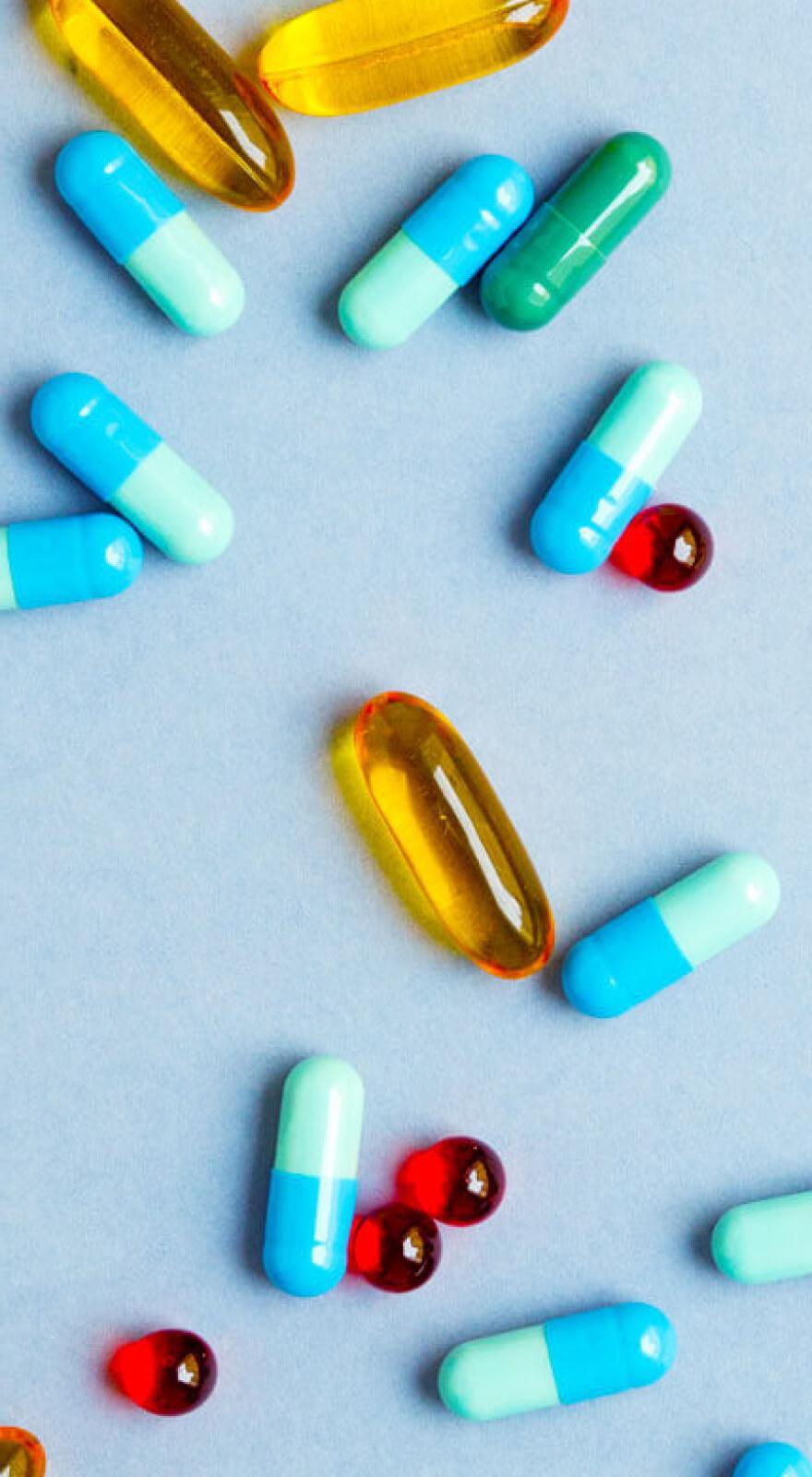Knowde Enhanced TDS
Identification & Functionality
- Chemical Family
- Cleaning Ingredients Functions
- Technologies
Features & Benefits
- Labeling Claims
- Features
- No VOCs
- Used in resin blending, compounding, and coatings
- Microbiostatic agent that protects articles from deterioration and discoloration
- Leach resistant
- Active against forms of fungi, algae, and bacteria
- High antimicrobial performance in ISO and ASTM testing
- Does not promote development of resistant microorganisms
- Typical use concentrations of 0.25-0.5 wt% active relative to the substrate being treated
- Incompatible with anionic surfactants
- Product Highlights
The antimicrobial component of HM 4100 kills microorganisms by effectively puncturing and rupturing the organisms’ cell wall. By comparison, conventional antimicrobials kill by leaching into the cell, where they are metabolized and interfere with critical life processes.
Applications & Uses
- Markets
- Applications
- Use Level
- 0.25 - 0.5 wt%
- Resin Compatibility
- TPU - Thermoplastic Polyurethane
- Urethane Foam
- Polyether bock amide (PEBAX®)
- Silicone (not post-cured)
- Polyamide 6 (PA6 or nylon 6)
- Acrylic (cast and thermoplastic)
- Acrylic Adhesives
- Spun Fiber
- Fiberglass Gel Coat
Properties
- Physical Form
- Typical Properties
| Value | Units | Test Method / Conditions | |
| Recommended Process Temperature | max. 170 | °C | — |
Regulatory & Compliance
- Certifications & Compliance
- Chemical Inventories
Packaging & Availability
- Standard Packaging
- 100 g
- 500 g
- 3 kg
- 15 kg
- 60 kg
- Packaging Under
Nitrogen

